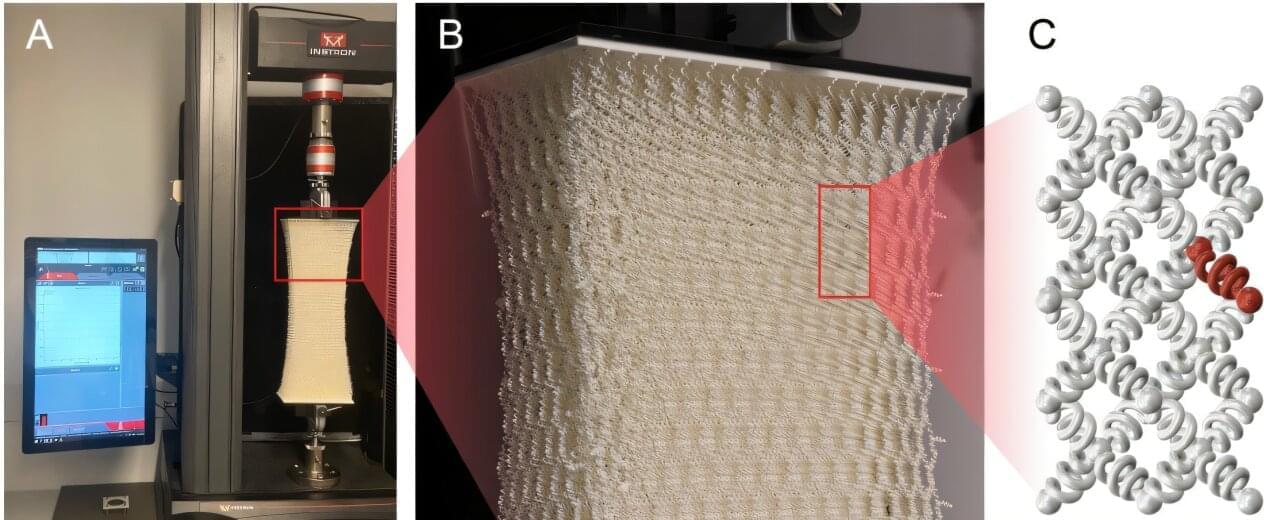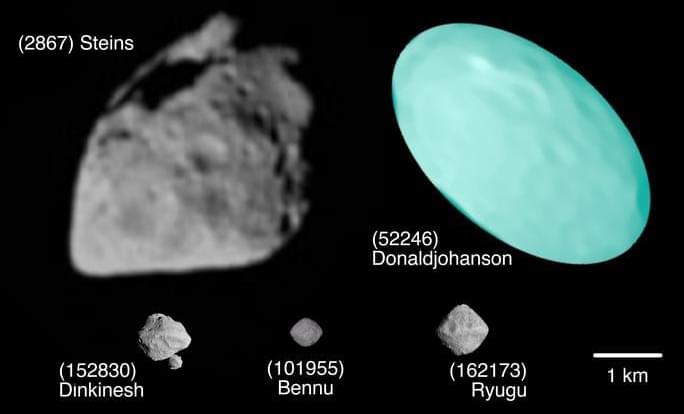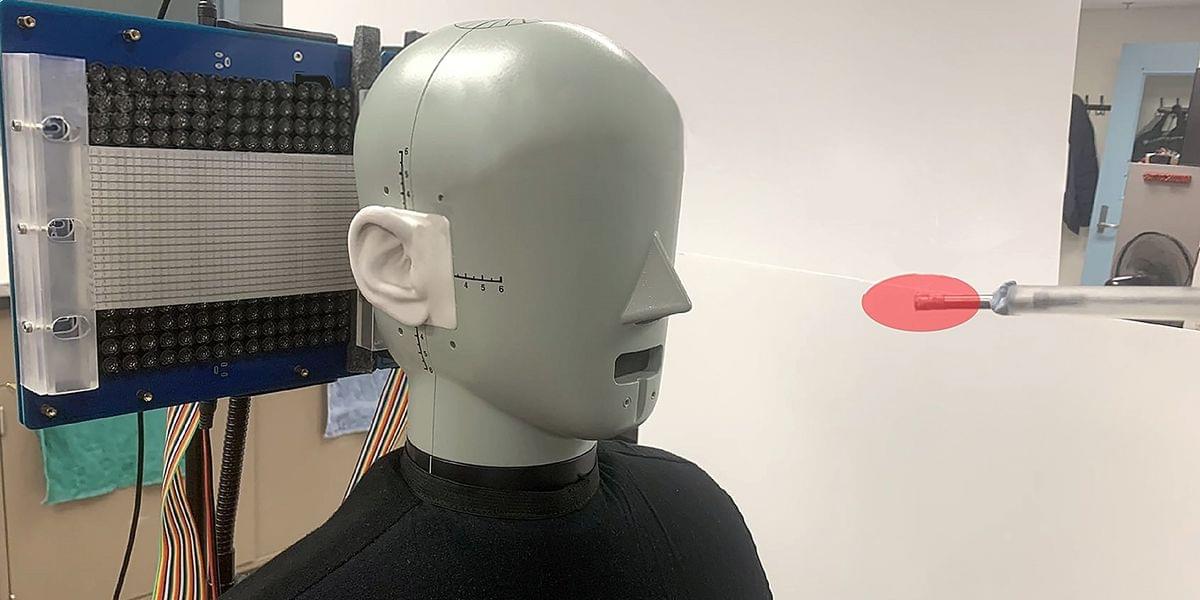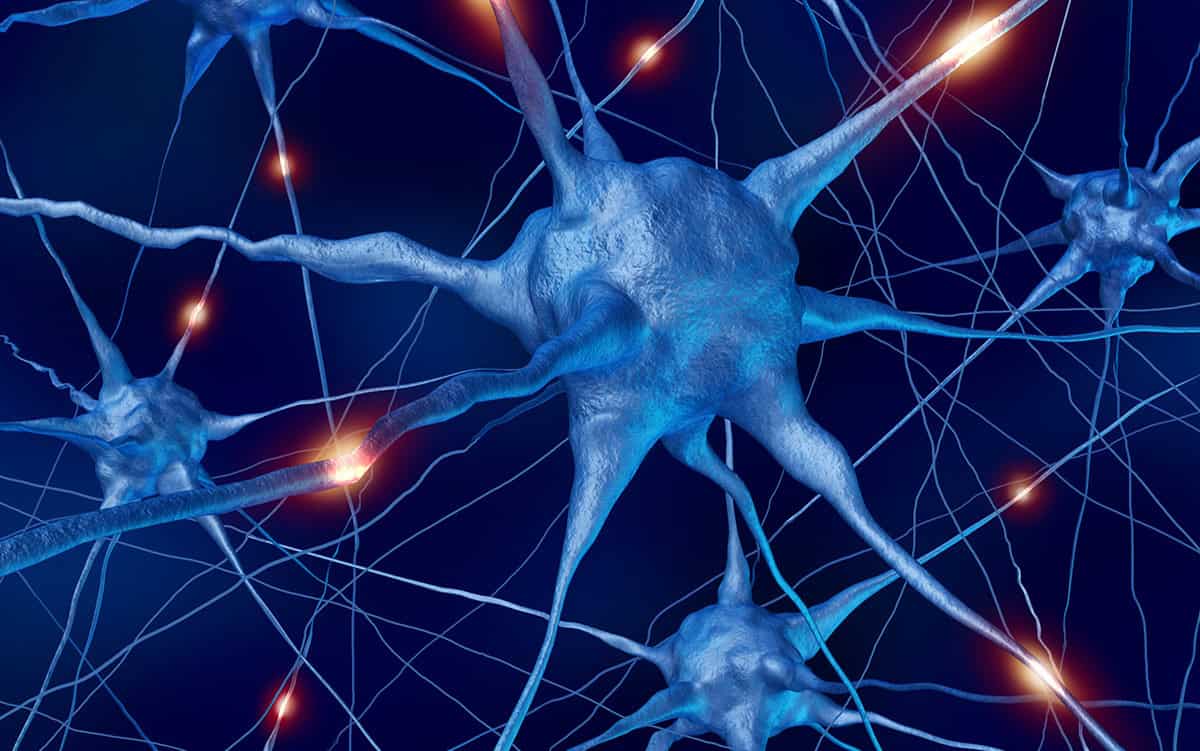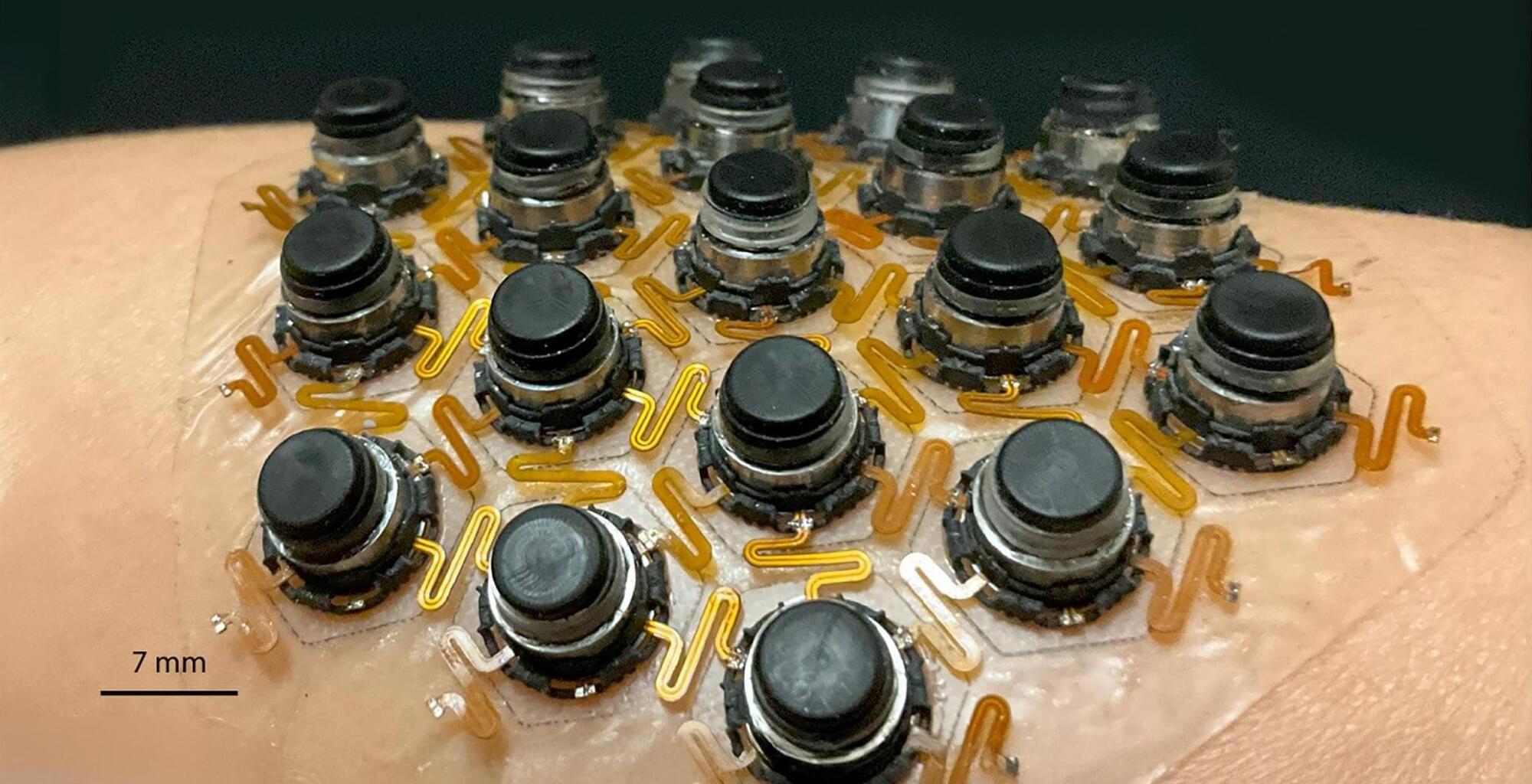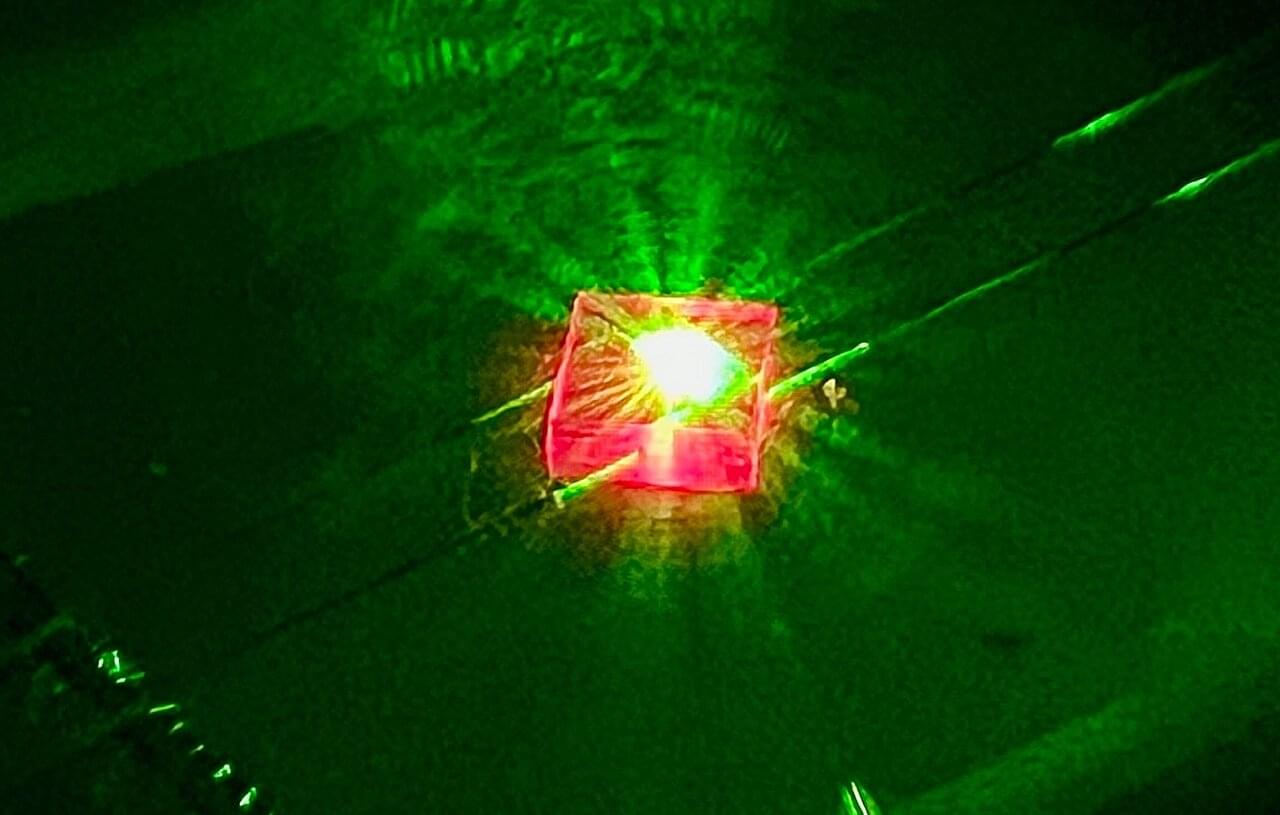Interconnected materials containing networks are ubiquitous in the world around us— rubber, car tires, human and engineered tissues, woven sheets and chain mail armor. Engineers often want these networks to be as strong as possible and to resist mechanical fracture and failure.
The key property that determines the strength of a network is its intrinsic fracture energy, the lowest energy required to propagate a crack through a unit area of the surface, with the bulk of the network falling apart. As examples, the intrinsic fracture energy of polymer networks is about 10 to 100 joules per square meter, 50–500 J/m2 for elastomers used in car tires, while spider silk has an intrinsic fracture energy of 150–200 J/m2.
Until now, there has been no way to calculate the intrinsic fracture energy (IFE) for a networked material, given the mechanical behavior and connectivity of its constituents.
